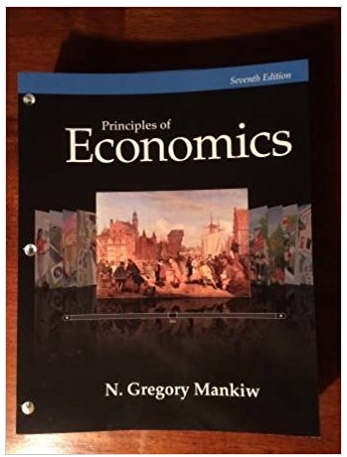Multiple Choice Questions 1. In the United States, the poorest fifth of the population earns about ____________
Question:
1. In the United States, the poorest fifth of the population earns about ____________ percent of all income, while the richest fifth earns about ____________ percent.
a. 2, 65
b. 4, 45
c. 10, 35
d. 15, 25
2. When income inequality is compared across countries, one finds that the United States
a. Is one of the most equal nations in the world.
b. Is one of the least equal nations in the world.
c. Has more equality than most advanced nations but less equality than many developing countries.
d. Has less equality than most advanced nations but more equality than many developing countries.
3. A utilitarian believes that the redistribution of income from the rich to the poor is worthwhile as long as
a. The worst-off members of society benefit from it.
b. Those contributing to the system are in favor of it.
c. Each person's income, after taxes and transfers, reflects his marginal product.
d. The distortionary effect on work incentives is not too large.
4. Rawls's thought experiment of the "original position" behind the "veil of ignorance" is meant to draw attention to the fact that
a. Most of the poor do not know how to find better jobs and escape poverty.
b. The station of life each of us was born into is largely a matter of luck.
c. The rich have so much money that they don't know how to spend it all.
d. Outcomes are efficient only if everyone begins with equal opportunity.
5. A negative income tax is a policy under which
a. Individuals with low income get transfers from the government.
b. The government raises tax revenue without distorting incentives.
c. Everyone pays less than under a conventional income tax.
d. Some taxpayers are on the wrong side of the Laffer curve.
6. If the benefits from an antipoverty program are phased out as an individual's income increases, then the program will
a. Encourage greater work effort from the poor.
b. Lead to an excess supply of labor among unskilled workers.
c. Increase the effective marginal tax rate that the poor face.
d. Cost the government more than a program that benefits everyone.
Fantastic news! We've Found the answer you've been seeking!
Step by Step Answer:
Related Book For 

Question Posted:





